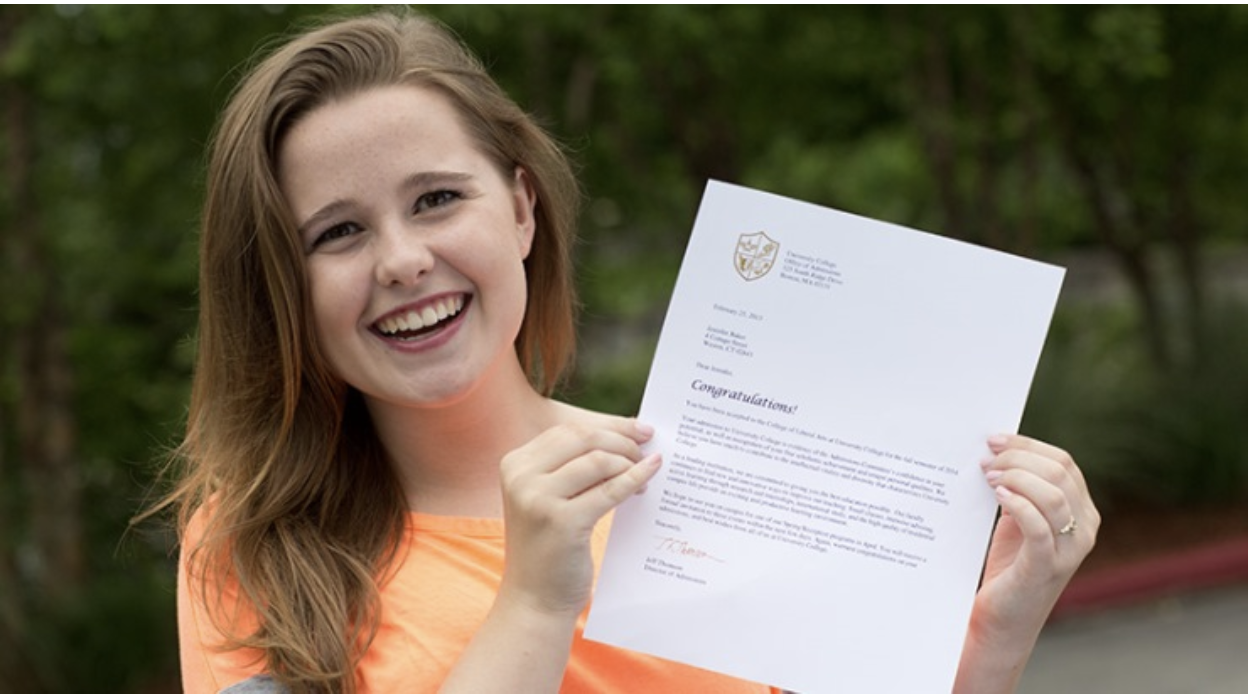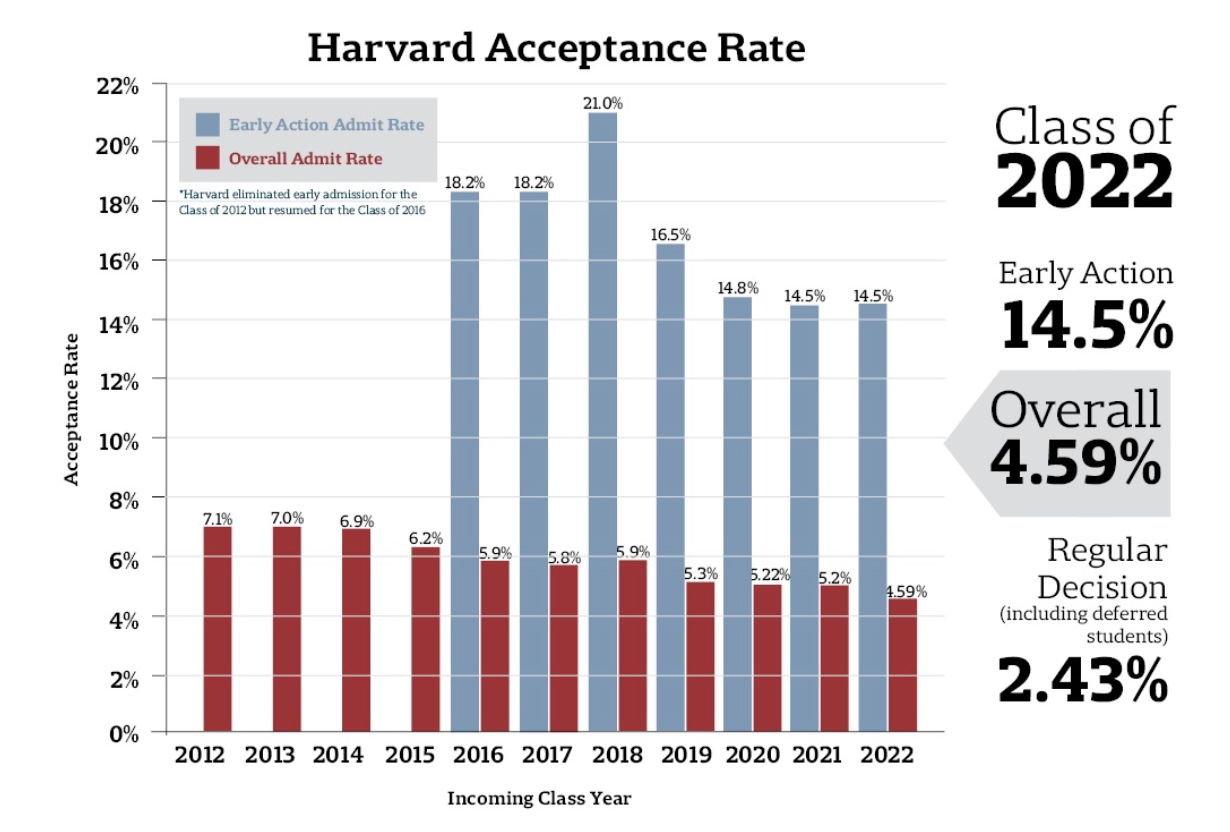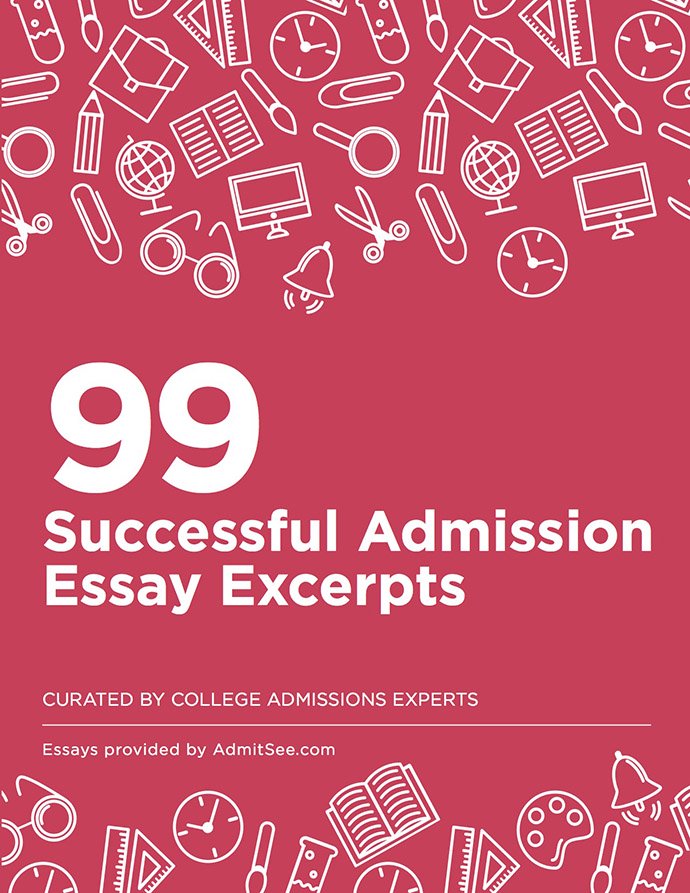Confused about Early “Decision” vs. “Early Action”? We’re all familiar with the adjective “early” in each of the collocations, but are they the same? Let’s dissect these two programs to help you make the right “decision” when applying to your favorite college(s).

What’s the difference between Early Action (EA) and Early Decision (ED)?
ED programs for top collegiate programs:
Main feature: You are bonded to one University if you are accepted to this “first choice.”
Early Decision programs typically require applying VERY early (usually November) and you choose one school that you prize. You receive a decision from the program much earlier than the regular cycle of applications (typically in December). A proper financial aid package is also a significant part of this binding decision.
Confusing nomenclature: Sometimes Top Universities like Harvard’s Restrictive Early Action Program have “Action” in their title, but they are in essence an “Early Decision” scheme.
EA programs for Universities
Main feature: You are provided an opportunity to apply and receive admission notices without being bound to the school.
AdmitSee Tip: To help you remember the difference between the two programs, think about the second word in these collocations.

How many students apply either Early Decision or Early Action?
Well, there are many articles that skirt around these numbers, but we’ve been able to find some numbers to help you garner a good idea.
Annually, the Common Data Set is a product of the Common Data Set Initiative, “a collaborative effort among data providers in the higher education community and publishers as represented by the College Board, Peterson’s, and U.S. News & World Report.
In the report, two large groups of Universities and colleges polled had very insightful statistics we explored to estimate the numbers of students applying early. With the group of 16 top Universities, there were 595,064 total applications in 2018-19. Of those, 62,598 were early decision applicants (in the most recent full year available). Doing the math, you can see with these top institutions, about 10.5% are applying using the “Early Decision” programs they offer.
Now with the top liberal arts programs, you have 184,066 total applications during that same school year. Of those, 18,201 were accepted. So, approximately 9.9% of the students wanting to get into colleges like Amherst to Williams apply with the ED option.
While these numbers might seem small, let’s look at what some estimate to be the totals across the board [Source].
The growth in specific institutions:
Northwestern University saw a 9 percent increase in early applications this year
Brown University saw a 21 percent increase in early-decision applicants, growth the university attributes to improvements in the financial aid program.
Barnard College received 1,235 early-decision applications this admissions cycle, a 24 percent increase in a single year.
Johns Hopkins announced that its 2,068 early applicants this year represented a slight increase over last year’s then-record total.
Duke University saw sharp increases in the number of early applicants (and corresponding decreases in the admit rates) in each of the last two years for a binding program.
 \
\Is it easier to get accepted “Early”?
You’ve most likely heard the adage, “The early bird gets the worm.” While this is mostly true, do realize you might not be the only “early bird.” There are other early birds applying at the same time and you are competing against a group that most likely has their act together. They are most likely prompt, potentially meticulous and act “early.” What sort of people in society exhibit these same qualities: CEOs, Leaders, and successful people? Quite possibly and as a result the pool you may compete against may be harder.
With that said, it’s been well documented that the admissions rates for the Early Admissions cycle is typically higher than the regular admissions.
Evaluating 16 top programs (Columbia,[11] Brown, Penn, Dartmouth, Cornell, Duke, Northwestern, Vanderbilt, Johns Hopkins, Rice, WUSTL, Tufts, Carnegie Mellon, Emory, NYU, Boston University) in the past admissions cycle, we saw their combined average admissions rate for Regular decisions as being 12.9% whereas their Early Decision admissions rate being more than double at 26.1%.
Similar to these top Universities, 23 of top Liberal Arts programs (Pomona, Claremont McKenna, Pitzer, Swarthmore, Bowdoin, Bates, Colby,[16] Amherst, Williams, Barnard, Harvey Mudd, Colorado College, Middlebury, Wesleyan, Hamilton, Colgate, Vassar, Haverford, Carleton, Davidson, Wellesley, Washington & Lee, Grinnell) were averaging an acceptance rate of 16.1%, but their Early Decision admissions rate was 34.8% in the most recent cycle. [Source]
With this said, you can also see that the rates for early admissions rates becoming more selective just like the well known regular admissions rate. While this past cycle saw the rate increase for the first time (the regularly admissions blip in 2018) from 13.4% last year to 13.9%, you can see it has been dropping since 2016:

But even with the advantage over regular decision, admit rates are falling at some institutions. Princeton University‘s admit rate for its nonbinding early-action program for those seeking to enroll in the fall was 13.9 percent, down from 14.7 percent a year ago, and 21.1 percent as recently as 2011.
Northwestern’s admit rate is dropping. This year it is 25 percent, down from 40 percent a decade ago.
Penn’s most recent early decision class rose like Harvard’s for the first time in a decade to 19.7%, but it still doesn’t offset the selectivity which has moved from ~30% admissions for these “early bird” specials to the current ⅓ drop.
In conclusion, if you’re a strong contender for acceptance at a particular school and want to optimize your chances for that school, choosing to apply early will help you take advantage of these most recent acceptance trends. However, if you’re looking to maximize your chances of acceptance to any of your target schools, being strategic about your school list and making sure that your application for those schools are equally strong will be your best bet.
















 Back
Back